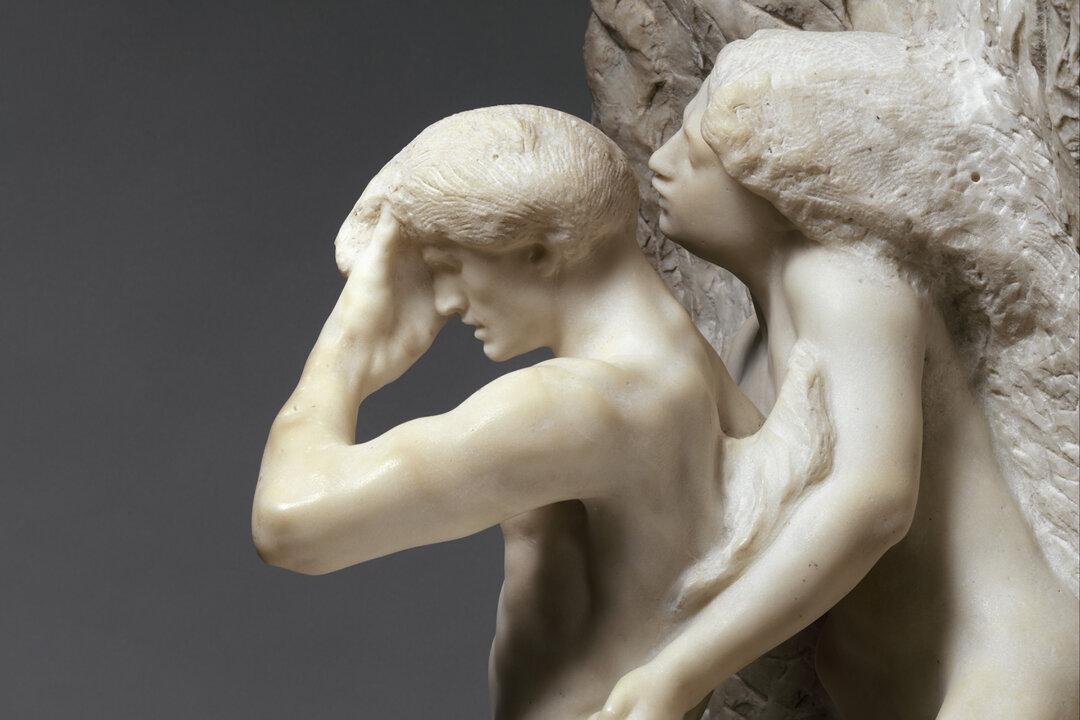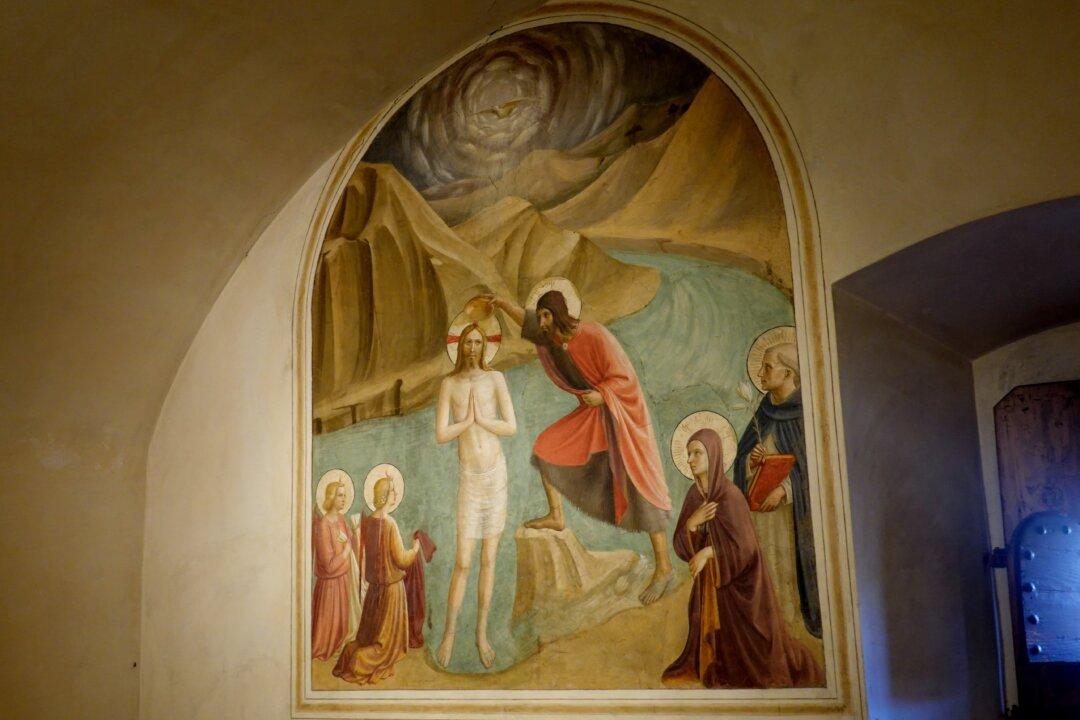The tale of Orpheus and Eurydice is a tragic story from Greco-Roman mythology. Orpheus was a celebrated poet and musician, and Eurydice was his dear wife. One day, during an attempt to flee the pursuit of Aristaeus, Eurydice was fatally bitten by a snake that she trod upon. Beside himself in grief, Orpheus journeyed to the Underworld to beg Hades to release his wife.
With the harmony of his lyre, the poet-musician successfully charmed the spirits of the Underworld. Hades and Persephone (goddess of the Underworld) agree to let Eurydice return to the living world on one condition: Orpheus must guide her out of the Underworld without looking back at her until they reach the world of the living. Then, in the moment that defines the myth, as Ovid tells it, close to the “margin of the upper earth … eager for sight of her … [Orpheus] turned back his longing eyes; and instantly she slipped into the depths.”






